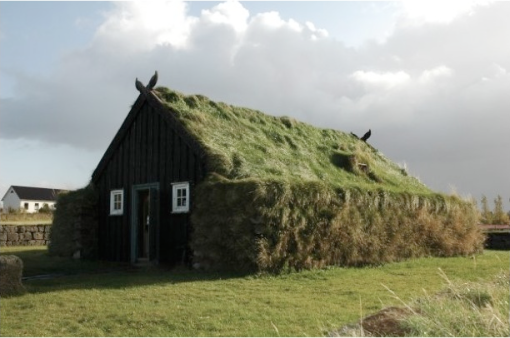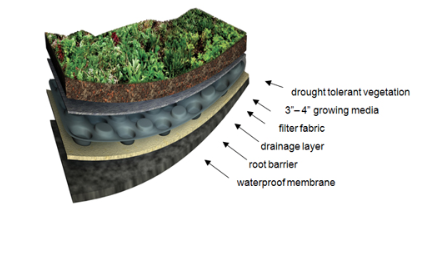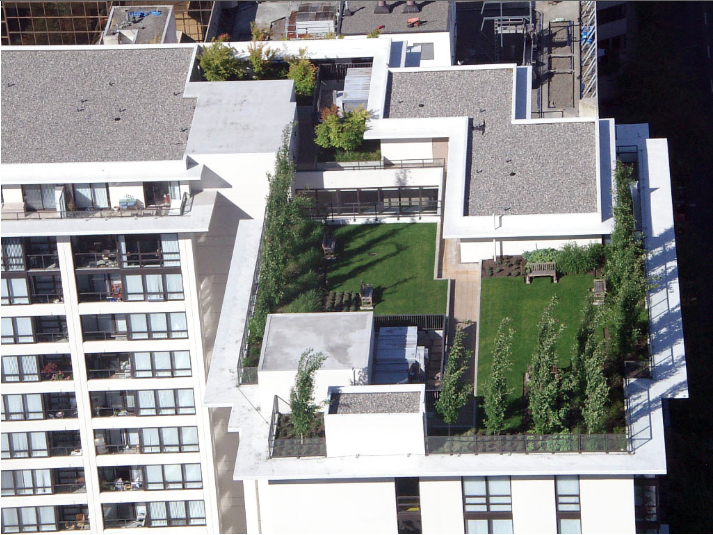The Hurricane: In late August, 2011, Hurricane Irene, with a 500 mile diameter Tropical Storm Force wind field, passed west of Cape Cod. The low precipitation, right hand semi-circle impacted Cape Cod from the Southwest. 50+ mph winds bridged tidal cycles for 15 hours. Prolonged wind, coated leaves and stems of exposed coastal vegetation with salt.
Unmitigated by precipitation, this became an empirical, “worst case scenario” for exposed vegetation, and an opportunity to study salt stress.
Observations: Non-coastal natives were quickly dispatched by even the medium, albeit lengthy, exposure to salt spray. Established, native coastal plants, with the exception of Beach Plum, regained seasonal performance. Directly following the storm event, recent plantings of Rugosa Roses and Seaside Goldenrod presented the appearance of100% salt kill. 2 weeks later, they were sprouting new leaves. 3 weeks after exposure, previously established Seaside Goldenrod showed flower heads (See cover photo on page 1), followed by blooms on a few, previously established Rugosas. Existing and planted American Beach Grass had minimal impacts.








